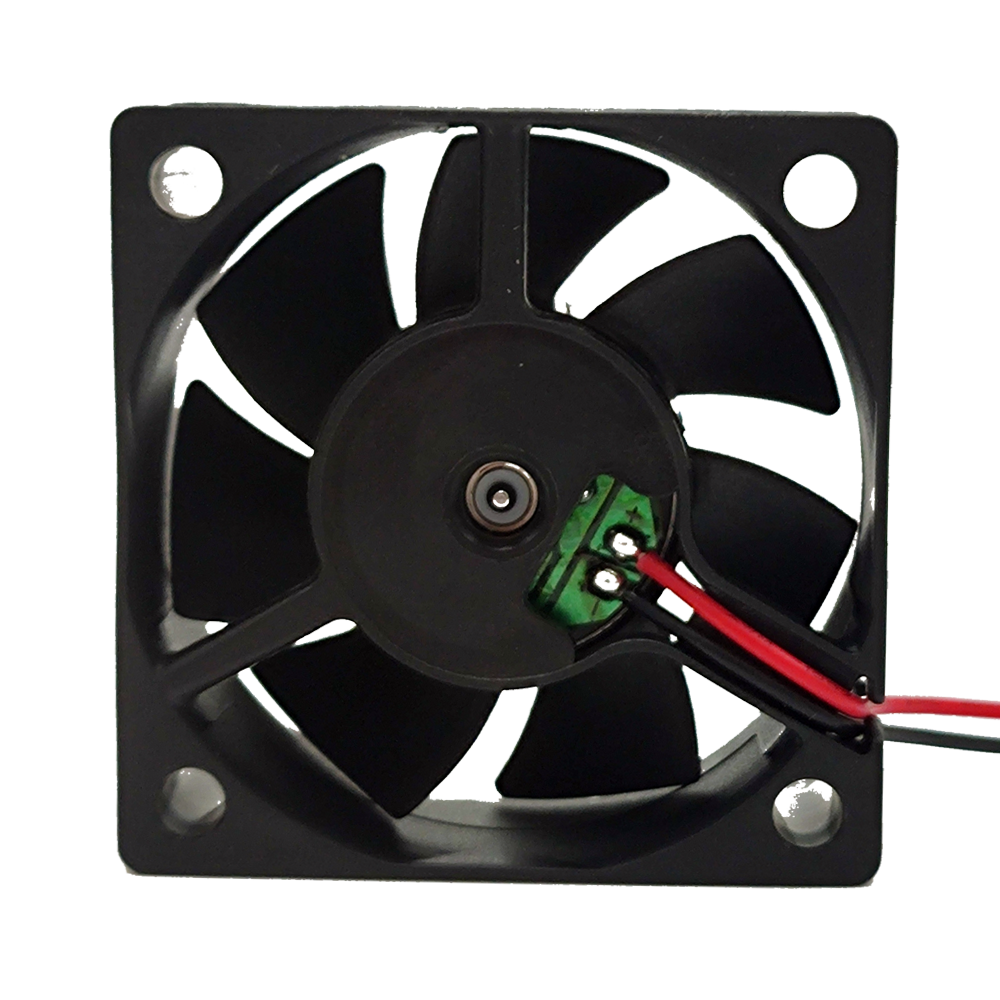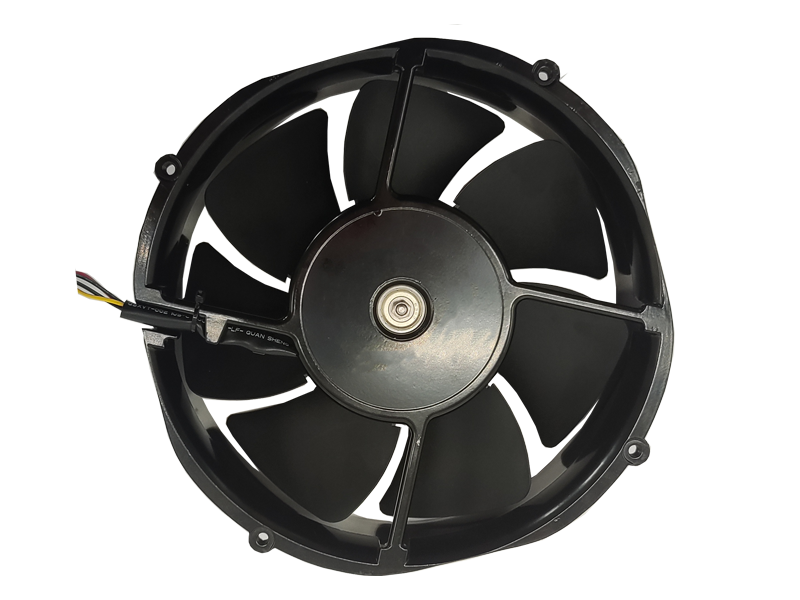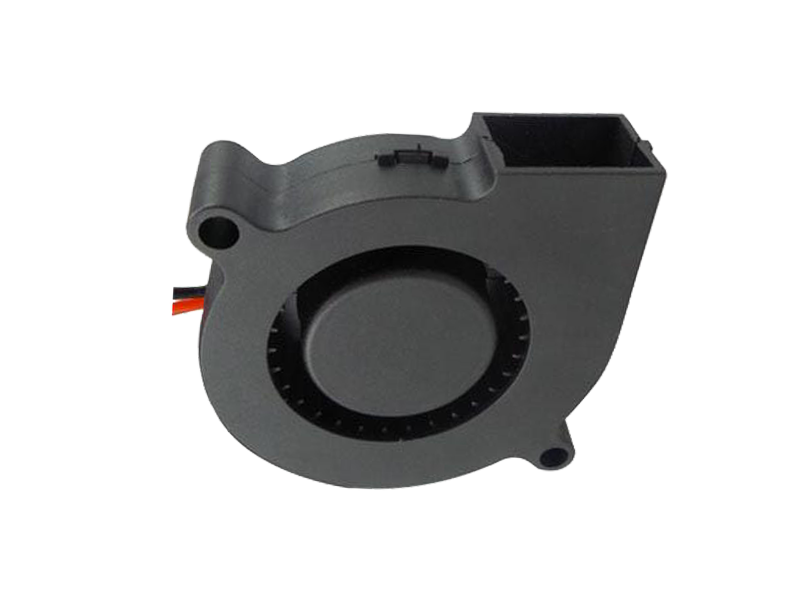Introduction
Industrial fans consume 20-35% of facility electricity worldwide. This article examines how product innovation is shifting from component efficiency to system-level energy optimization.
1. Motor Technology Evolution
Permanent Magnet vs Induction Motors: A cement plant comparison showing PM motors achieve 96.2% efficiency at partial loads versus 89.5% for induction, saving $87,000/year per fan.
Variable Frequency Drive (VFD) Synergies: How sensorless vector control algorithms enabled a 45% energy reduction in HVAC systems by matching airflow to real-time thermal loads.
Regenerative Braking Integration: Capturing kinetic energy during fan shutdowns in steel mills, reducing grid dependency by 18% during daily start-stop cycles.
2. Smart Airflow Management Systems
Digital Twin Optimization: A pharmaceutical plant deployment where fan simulations reduced cleanroom air changes from 30x/hour to 18x/hour while maintaining ISO 5 compliance, cutting energy costs by $220,000 annually.

Demand-Controlled Ventilation: CO₂ sensors adjusting warehouse fan speeds in real-time, achieving 58% energy savings versus fixed-speed systems.
Edge Computing Applications: Onboard AI processors analyzing 12 parameters (temperature, humidity, particle count) to dynamically adjust blade pitch, improving thermal uniformity by 32%.
3. Grid-Interactive Capabilities
Demand Response Participation: A data center program where fans reduced power consumption by 23% during peak tariff periods, earning $480,000/year in utility incentives.
Microgrid Integration: Solar-powered desert mining fans using lithium-iron-phosphate batteries to store excess daytime energy for nighttime operation, achieving 89% renewable energy utilization.
Power Factor Correction: How active harmonic filters in a food processing plant improved power factor from 0.78 to 0.95, avoiding $115,000 in annual utility penalties.
Conclusion
The future of industrial fan energy efficiency lies beyond motor ratings. By treating airflow as a dynamic resource managed through AI, IoT, and grid integration, manufacturers can transform fans from energy consumers into active participants in facility energy ecosystems.
Recommended Products

The main purpose:Car charging station

The main purpose:Car charging station

The main purpose:Electronic refrigerators, water dispensers, direct drinking machines, inverter power supplies
Address:No. 4137, Longgang Avenue (Henggang Section), Henggang Community, Henggang Street, Longgang District, Shenzhen
hotline:13530005572(Chen)15112579390(Li)


Welcome all friends to come for consultation and negotiation.
Copyright 2024 @ Shenzhen Youneng Xinyuan Electronics Co., Ltd.,(industrial fans,industrial blowers,axial fans,cooling fans manufacturer,centrifugal fans,ac cooling fans,dc cooling fans)